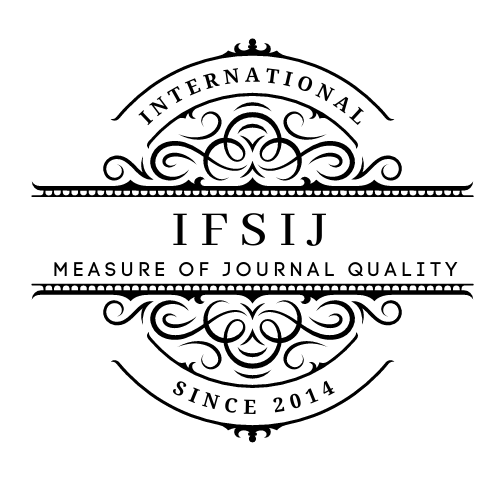THE FORMATION OF MODERN FOOD NAMES, SEMANTIC STRUCTURE OF CULINARY LANGUAGE
Keywords:
naming, culinaronym, linguoculture, component, culinary trends.Abstract
This research aims to uncover linguistic and cultural features in dish names, also known as culinaronyms. The purpose of this study is to show how the culinaronym is structured, specifically to examine the link between the components of the name and its semantic diversification within the word. Additionally, this study will identify the characteristics of the culinary trends of an ethnic group based on the dishes of that language. The results exhibit that culinaronyms are created by linking, recreating, adding, and rotating its components. In addition, the modern culinary trend is gradually synching with the trend of developing life, the need for healthy living and the promotion of traditional values, combined with modern factors. The prospect that the topic will contribute to the study of culinary language, especially within the field of identifiers, is the idea that it will create a foundation for the study of culinary culture based on the linguistic features of dish names, and food of one nation or another.
Downloads
Published
Issue
Section
License

This work is licensed under a Creative Commons Attribution-NonCommercial-NoDerivatives 4.0 International License.















